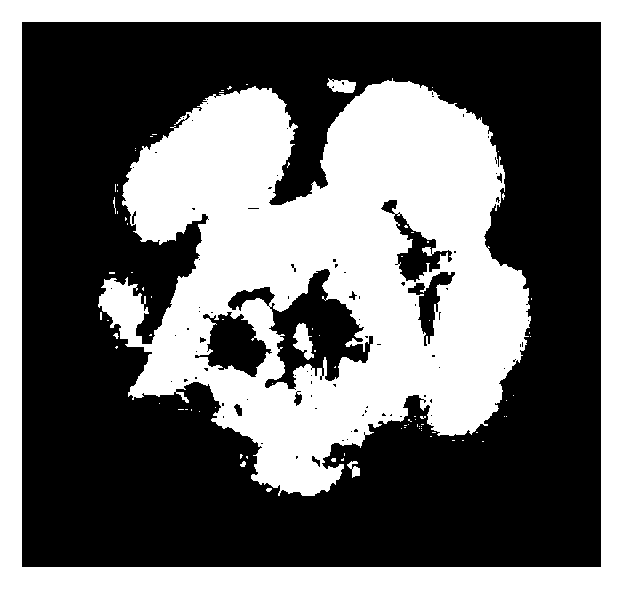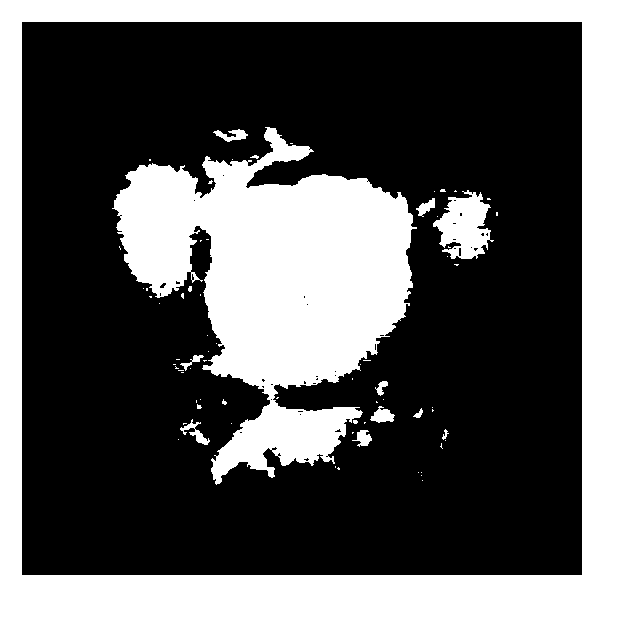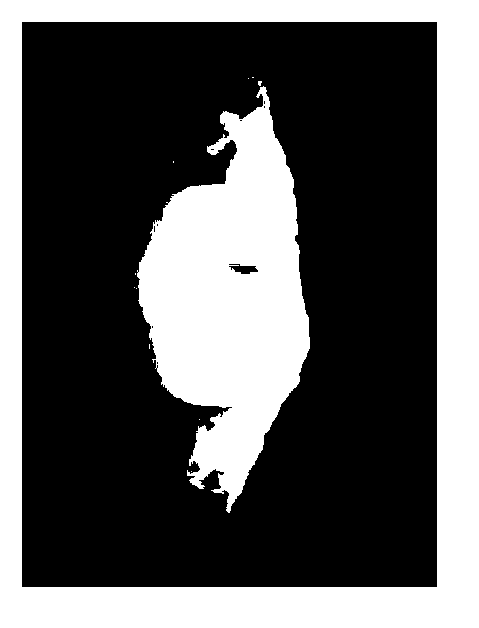Fluorescence microscopy method for rapidly and efficiently observing camellia plant pollen tube
A technology of plant pollen and Camellia, which is applied in the field of fluorescence microscopy, can solve the problems of difficulty in determining the weight of the tablet, affecting the observation effect, and overlapping tissues, so as to shorten the transparent time, improve the experimental efficiency, and avoid the effect of material shrinkage
- Summary
- Abstract
- Description
- Claims
- Application Information
AI Technical Summary
Problems solved by technology
Method used
Image
Examples
Embodiment 1
[0046] Embodiment 1 material anatomical separation
[0047] The anatomical separation process of the pistil of Camellia oleifera 'Huasuo' is divided into the anatomical separation of the ovary and the anatomical separation of the style, and the corresponding anatomical separation methods are as follows:
[0048] Anatomical isolation of Camellia oleifera 'Huashuo' ovary: unpollinated or pollinated pistils of Camellia oleifera were removed from the tree, fixed with Carnot's fixative and stored in 70% alcohol. When dissecting, take out the pistil and place it in a petri dish filled with 70% alcohol, and place it in the field of view of the dissecting microscope. Under the dissecting microscope, the style and fruit stalk of Camellia oleifera are excised, the ovary wall is scraped off, and the ovules are exposed in each ventricle (such as Picture 1-1 , Figure 1-2 shown), cut each ventricle from the central axis, and then continue to divide according to the orientation of the ovul...
Embodiment 2
[0053] In a weighing bottle or a penicillin bottle, the separated material to be observed (one operating unit) is rehydrated with various levels of alcohol (50% alcohol → 30% alcohol → distilled water), and in a NaClO solution with an available chlorine content of 9000mg / L Soak for 2 hours, wash with distilled water for 3 times, soak in NaOH solution with a concentration of 8 mol / L for 2 hours, wash with distilled water for 3 times and wash with running water for 30 minutes, in a water-soluble aniline blue dye solution with a mass concentration of 0.2% (with a pH of 8 Prepared with phosphate buffer solution) stained for 6 hours, prepared for observation.
[0054] The specific operation method of "double-slide bonding two-sided observation method" is (such as Figure 3-2 Shown): Take a glass slide A with a thickness of 1.0mm, place the material to be observed after being dyed with water-soluble aniline blue dye on it, drip water-soluble aniline blue dye around the material, and...
Embodiment 3
[0056] The ovule material (not pollinated) of camellia oleifera 'Huashuo' separated according to the method in Example 1 was made transparent by NaClO solution, softened by NaOH solution, stained with aniline blue, and prepared by "double-slide bonding and two-sided observation method", and the effect was observed by fluorescence microscope Such as Pic 4-1 shown.
[0057] The ovule material (not pollinated) of Camellia oleifera 'Huasuo' separated according to the method in Example 1 was softened by NaOH solution and stained with aniline blue in the traditional observation method, and then prepared by the "double-slide bonding two-sided observation method" (except that there is no NaClO Except the step that the solution is transparent, other steps are the same as the method described in Example 2), and the observation effect by fluorescence microscope is as follows: Figure 4-2 shown.
[0058] Compared Pic 4-1 and Figure 4-2 It can be seen that using the method of the pr...
PUM
 Login to View More
Login to View More Abstract
Description
Claims
Application Information
 Login to View More
Login to View More - R&D
- Intellectual Property
- Life Sciences
- Materials
- Tech Scout
- Unparalleled Data Quality
- Higher Quality Content
- 60% Fewer Hallucinations
Browse by: Latest US Patents, China's latest patents, Technical Efficacy Thesaurus, Application Domain, Technology Topic, Popular Technical Reports.
© 2025 PatSnap. All rights reserved.Legal|Privacy policy|Modern Slavery Act Transparency Statement|Sitemap|About US| Contact US: help@patsnap.com



